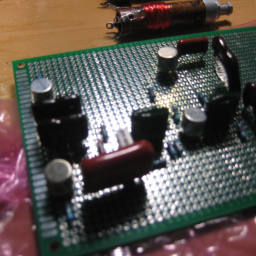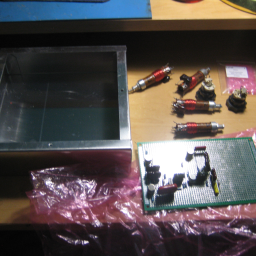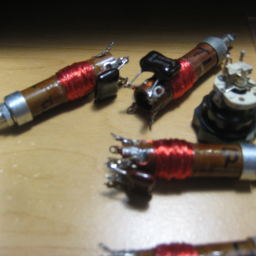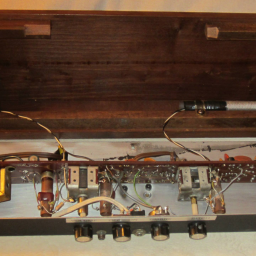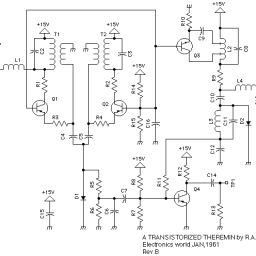Fred said: “In fact, I almost enjoy destroying hypotheses as much as "solving" a riddle and coming up with an answer - there’s something sad about answering a question completely!”
Amen Fred that's why I keep it illusive, whether you’re a performer or designer there “is” something special about keeping a mystery shrouding ones theremin work, if it is playful & productive.
Good theremin sound is found in physical resonances and electronic feedback. I have two examples that have been posted at TW in the past. It does begin to sound microphonic at some point.
My funny antenna needs physical dampening to keep it from being environmentally responsive.
The other sound byte I called “Angel of Death” was a speaker in a large metal tub being fed by a multi-voiced theremin. The problem with this is resonant spikes are hard to control if you don’t have EQ equipment, which I don’t. That particular sound byte may be incorporated into the opening of a rock song within the year by a family friend, guitarist Ryan Schuck. Move over Jimmy Page this is a theremin used more creatively.
Note: Angel of Death is what the angel was called at Passover, assisting Moses in freeing his people. As the wind blew there was a terrifying sound! I am disappointed when the illusions of some bands glorify the demonic. Brian Welch known as Head in the band Korn recognized this and walked away to form a new band, still hard rock driven by a great guitarist.
Christopher
Hey Invisible (-'


